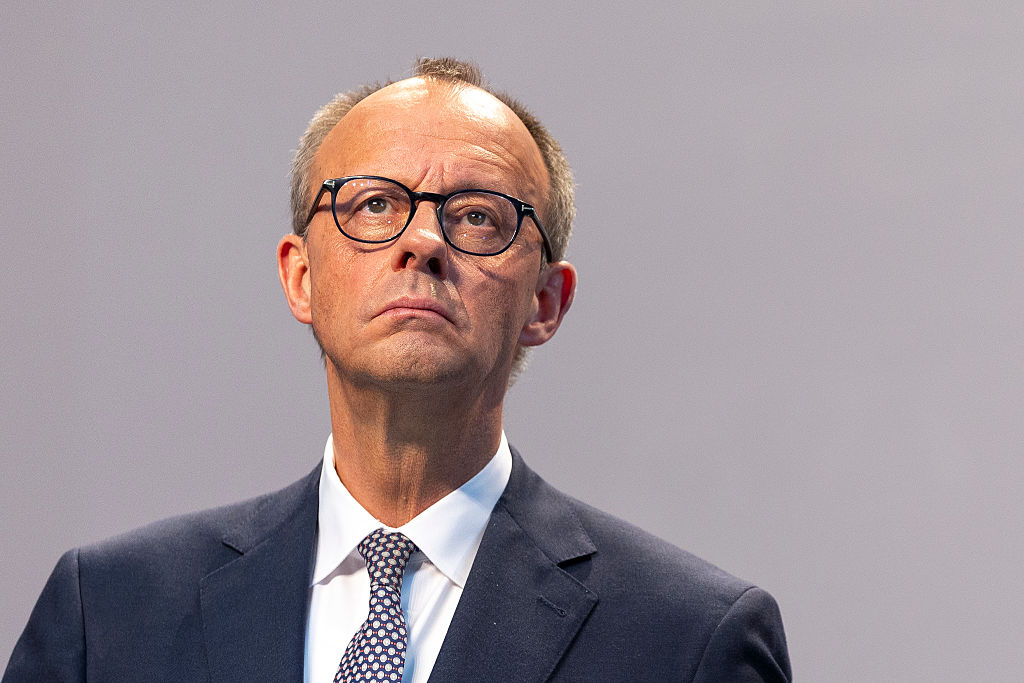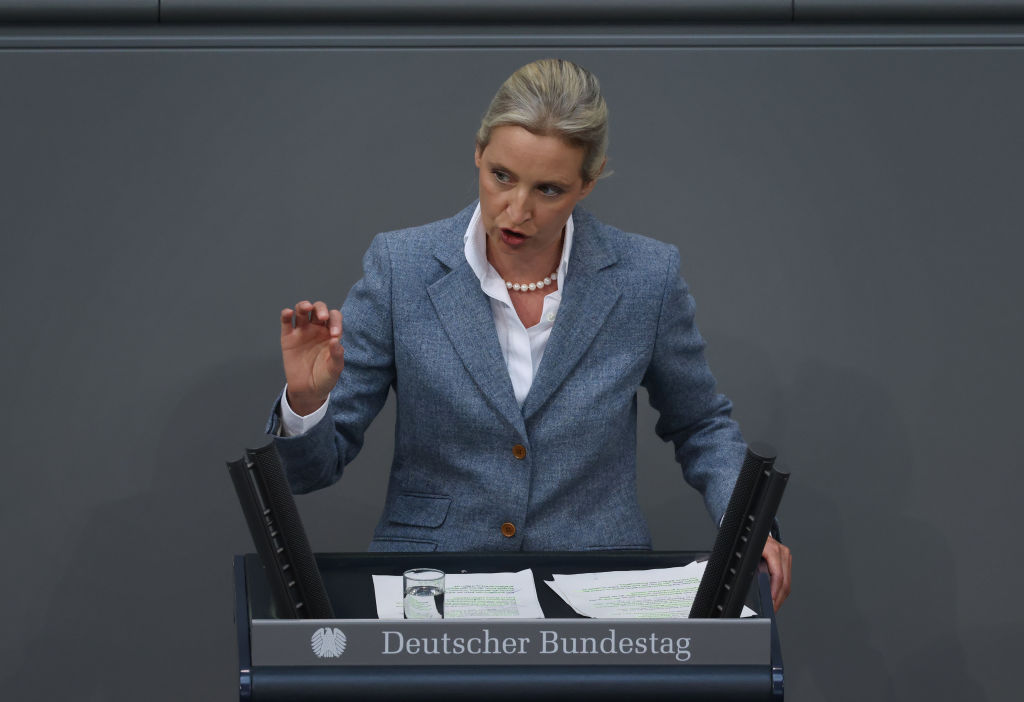As global financial markets remained in disarray following US President Donald Trump’s tariffs announcements, gold has soared to new heights.
On April 11 the price of gold had reached an all-time high at more $3,235 per troy ounce (31.1 g) – surpassing the mark of $3,200 per ounce for the first time in history.
It meant the yellow metal has appreciated by 22 per cent since the start of 2025, making it one of the best-performing asset classes. An analyst from UBS told news agency Reuters on April 11 that gold might even hit $3,500 in the near future.
Gold has long been a classic “safe-haven asset” – something investors bought when in difficult times and uncertainty over the futures markets was high.
It does not yield interest and actually comes at the cost of foregone interest, meaning that money invested into the precious metal could otherwise have been invested in interest-bearing securities such as bonds.
Despite that, it typically retained its intrinsic value even if financial markets crashed or inflation surged.
The latest inflation data was one of the factors behind gold’s current bull run.
On April 10, newly released Consumer Price Index (CPI) information showed inflation had slowed down in the US. This gave the Federal Reserve more manoeuvring space to cut interest rates – making it relatively cheaper to hold gold.
A second factor was the looming fear of a global recession, brought on by Trump’s surprise announcement of unexpectedly high tariffs for imports to the US from most of the rest of the world on April 3.
The “Trump tariffs” have increased the perceived risk of a global trade war with potentially dire consequences for economic growth globally.
Although he later announced a 90-day-pause for some of the tariffs on April 9 – which sent equity markets higher – the delay did not apply to China – one of the US’ most important trading partners.
Conversely, in fact, Trump increased them on Chinese goods and on April 11, China announced retaliatory tariffs of 125 per cent on US goods.
Another contributing factor to the gold price bonanza was the rapid devaluation of the US dollar.
Since the start of this year, the US Dollar Index (DXY) – a measure of its relative strength compared to a basket of other currencies – has fallen by 8 per cent. It was now back at the lows briefly marked in September 2024.
The euro was on its way to marking a three-year high compared to the dollar, with €1 worth $1.134 at midday on April 11.
In February, the two currencies were almost on par with €1 buying $1.02. Notably, the gold price had been more or less stable around the mark of €2,800 per troy ounce since early February in euro terms.
Currency experts have attributed the US dollar’s relative weakness to foreign investors withdrawing capital at large scale from US stocks and bonds markets due to the Trump administration’s economic and financial policies.





